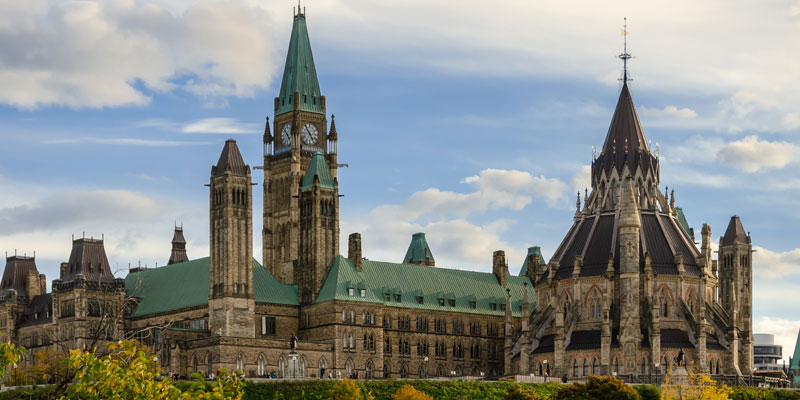Trudeau moving Canada towards American-style government with more centralized decision-making, federal spending, borrowing

In next month’s throne speech (and possible fall budget), Prime Minister Trudeau may move us closer to a more U.S.-style government in terms of the balance between the federal and provincial government and public finances.
One of Canada’s great strengths, particularly after the Chretien reforms of the mid-1990s, has been our decentralized approach to governing. Canada, to a much greater extent than the United States, relies on the provinces and municipalities—the governments closest to the people—to deliver services.
Consider that in 2017 (the most recent year of comparable data), federal spending in the U.S. (as a share of total government spending) was 44.5 per cent compared to 28.5 per cent in Canada. Put simply, our provinces play a much more prominent role in governing than U.S. states and can more freely experiment with different approaches to services such as K-12 education to meet the needs of citizens.
In other words, the programs the Trudeau government is rumoured to be considering—national pharmacare, a new income transfer based on the CERB, national daycare—would mean a more American-style one-size-fits-all program for the whole country, crafted by politicians and bureaucrats in Ottawa. In the U.S., this approach has proven inferior to Canada’s more decentralized approach.
Moreover, like Washington (it’s been almost 20 years since the U.S. federal government balanced its budget), the Trudeau government has favoured ever-greater spending regardless of its implications for borrowing and debt accumulation. Remember, the Trudeau Liberals originally committed to total deficits of $25.1 billion over three years and a balanced budget in 2019-20. In reality, the government ran $89.1 billion in total deficits from 2015 to 2019, with no plan for a balanced budget for the foreseeable future. The borrowing fuelled an unprecedented level of spending, which on a per-person basis (adjusted for inflation) reached the highest level in Canadian history in 2019, (that’s pre-COVID and pre-recession).
It’s also worth noting that today’s low interest rates help fuel this willingness to substantially increase federal government debt in both countries. Indeed, Prime Minister Trudeau has justified current borrowing on low interest costs.
This approach, however, assumes that low interest rates will continue and that interest costs are not recurring. Both assumptions are incorrect. If interest rates rose to the 2019-20 level, which were historically low, interest costs for 2020-21 would almost double from $19.5 billion to an estimated $36.2 billion. The risks to federal finances—again, in both countries—from even small increases in interest rates is significant.
This thinking also ignores the fact that interest costs are paid annually—they’re not onetime payments as the prime minister repeatedly implies. The debt interest cost for every billion dollars borrowed this year costs taxpayers $18 million given current interest rates. That’s roughly $6.3 billion in annual interest costs for just the borrowing done in 2020-21. That $6.3 billion skyrockets to $11.7 billion if interest rates return to 2019-20 levels.
Clearly, the Trudeau government is moving Canada away from what made us successful and towards an American-style of public finances, with more centralized decision-making, more federal spending and borrowing, and more risks to federal finances.

